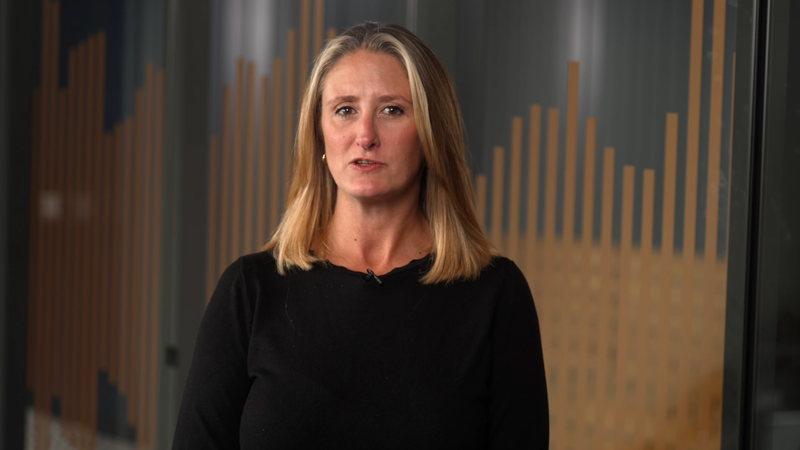The challenge of right-sizing compliance is becoming increasingly relevant for many businesses, especially large private companies that are growing fast or operating without a formal compliance function. Such businesses may not have a dedicated compliance or internal audit function, yet they’re still facing rising regulatory expectations, complex risk landscapes and Boards that are rightly asking tougher questions.
Often, legal teams are small but capable and there’s a strong appetite to embed a culture-centric, risk-based approach. The key challenge is balancing visibility, control and practicality — especially when the Board is diverse, risk-sensitive and holds ultimate responsibility.
So how do you build a scalable, proportionate framework that supports governance and growth without overengineering or overwhelming your teams?
Emerging compliance themes
From our conversations with clients and peers, a few consistent themes are emerging:
- Board dynamics — while Boards want zero tolerance for risk, influencing them can be tricky without a legacy of compliance infrastructure.
- Cultural shift — there’s a move from reactive to proactive compliance, with senior leadership backing and a desire to embed it into the company’s DNA.
- Operational ownership — compliance is often devolved to business units — think food safety, health and safety, environmental — but there’s a growing need for central oversight.
- Reporting & visibility — compliance might feature in quarterly updates or the Annual Report but there’s appetite for more structured, regular Board engagement.
- Training & champions — internal champions and targeted Board training are seen as key to driving awareness and buy-in.
A practical, proportionate model
What does a right-sized compliance framework look like? It’s not about building a huge function overnight. It’s about being smart, strategic and proportionate.
Here are some key building blocks:
- Clarify governance structures — define roles and responsibilities and formalise oversight. Make compliance a standing item in Board agendas.
- Build a risk-based compliance register — map regulations, assess exposure and prioritise action.
- Standardise policies & controls — ensure consistency across business units with clear documentation and frameworks.
- Enhance monitoring & reporting — use structured reporting and data to support Board engagement.
- Invest in training & awareness — empower internal champions and deliver targeted sessions for the Board.
- Leverage existing resources — use existing and ongoing compliance projects as a foundation — don’t reinvent the wheel.
- Embed continuous improvement — regular reviews, feedback loops and metrics help to evolve the framework as the business grows.
Designing a tailored compliance framework
If this all sounds familiar, it might be time to take a step back and co-design a compliance framework that’s tailored to your structure, risk profile and Board dynamics.
This could include a maturity assessment, roadmap for your compliance register, Board engagement strategy or even peer insights from similar businesses.
The goal isn’t perfection — it’s progress. It’s about building something that works for your business, not just ticking boxes.
Talk to us
If you’re navigating similar challenges or want to explore how to scale compliance effectively, we’d love to hear from you.
Our regulatory and compliance solicitors draw on decades of experience to offer specialist advice and consultancy services and provide a comprehensive, robust approach to safeguard you, your business and your people. Our experience tells us that every client and case is unique. That’s why we always deliver tailored, practical and sector-specific advice.
Let’s build something that’s practical, proportionate and future ready.
Talk to us by calling 0333 004 4488, emailing hello@brabners.com or completing our contact form below.




